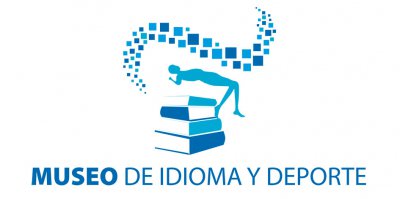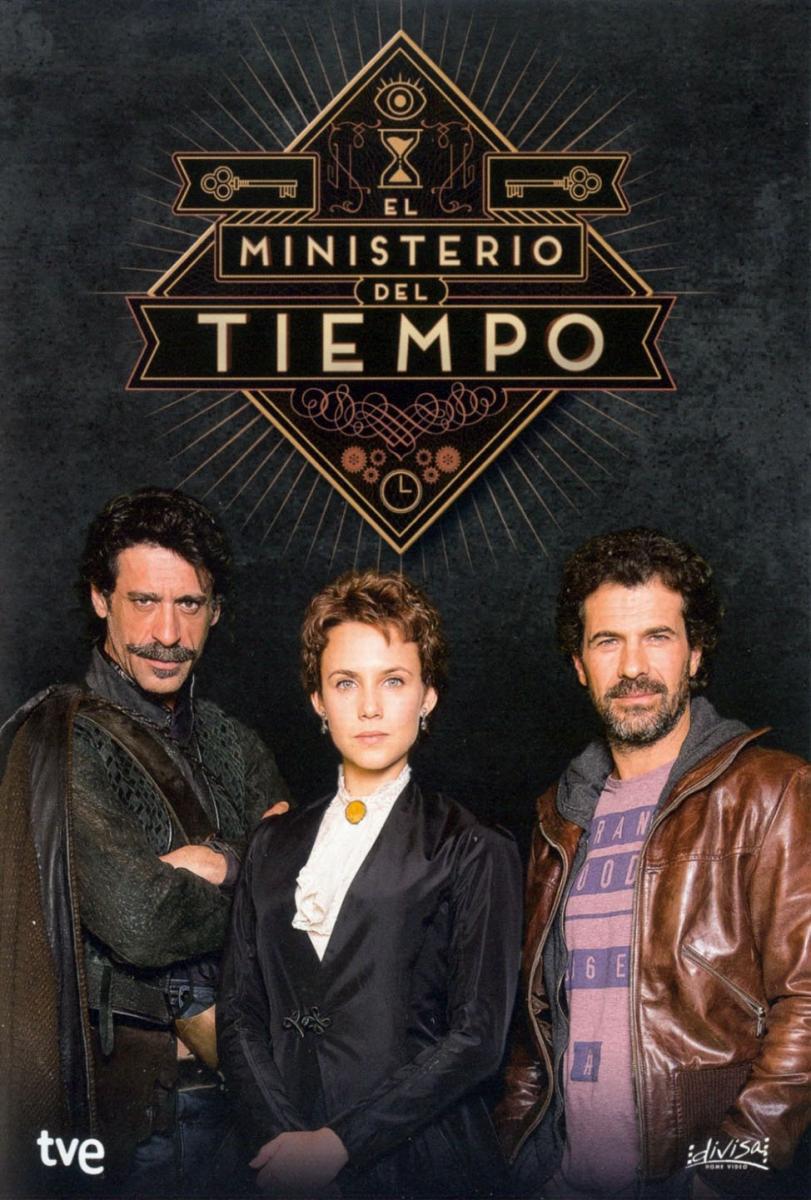Why can’t Johnny read…Spanish?
Last semester I taught my department’s highest-level language class for the second time. This class serves as a bridge to subsequent classes that focus primarily on literature, cinema, and other aspects of Hispanic culture. For this reason its syllabus includes a handful of short stories and poems, as well as advanced grammar topics.

I’ve always felt at a loss when it comes to teaching literature. This is partly because, as you might expect from this blog, my forte as an instructor is grammar. In addition, while I distinctly remember, and even treasure, the effort it took to master different grammar topics, reading Spanish came naturally to me, and was fun from the start. This makes it hard for me to empathize with my struggling readers and to know how best to help them.
I had an “aha” moment toward the end of the previous semester, when a student came to me after class with questions about Mujer negra, a terrific poem we’d read some weeks earlier. We were looking at her copy of the poem as we spoke, and I was struck by the disparity between her obvious effort in reading the poem — she had looked up so many words! but not always correctly! — and her lingering doubts, even though we’d already discussed the poem in class.
I knew that if we were to sit down together and go through the poem more carefully, I could help her understand it better. But what instructor has the time to do this with every confused student — assuming they request it? And isn’t it our goal to teach our students to read literature without professorial hand-holding?
Accordingly, this semester I came up with the idea of assigning each student a “reading buddy” (compañero de lectura). The plan was that the students would work through each reading together, and optionally complete a joint homework. I hoped that this would help students to (i) understand the readings better, (ii) improve their reading skills, and (iii) see reading as a serious and time-worthy task.
I assigned the readings buddies semi-randomly. First, I asked students to fill out a short form (below) in class. I also asked them to indicate if there was anyone in the class they would especially like to work with. Almost all the students described their reading ability as “normal”, and all of them expressed willingness to work with a less advanced partner. I assigned buddies on the basis of this information.
At the end of the semester I administered a brief survey to gauge how useful students had found found this approach, and to decide whether I should repeat it the following semester. Overall, the results was positive. There are two ways to look at them.
First, as shown below, half of the sixteen students surveyed chose to work with their reading buddy on at least half of the semester’s four readings. Of students who didn’t work together, most cited scheduling conflicts; only four students said that they preferred to work by themselves. I was surprised that scheduling was such a big factor.

Second, almost all the students (all but two) said that assigning “reading buddies” was a good idea and that I should continue to do this in future semesters. In response to the question “Did reading with a ‘buddy’ help you understand the readings and develop your skills?”, positive answers included:
- “definitely”
- “could have not done [readings] as well alone”
- “we discussed the readings in detail and shared ideas”
- “we helped each other understand”
- “It was quite helpful”
- “It was nice to have someone to ask for help if needed”
- “I was able to become very close friends with my buddy. Plus the way we worked was extremely productive.”
Overall I was encouraged, and I will definitely repeat this program. However, now that I know that scheduling is such a concern, I will encourage students to get an earlier start on each reading as it begins to loom in the syllabus.









/iStock-515853918-sangria-585043603df78c491ead80bd.jpg)



